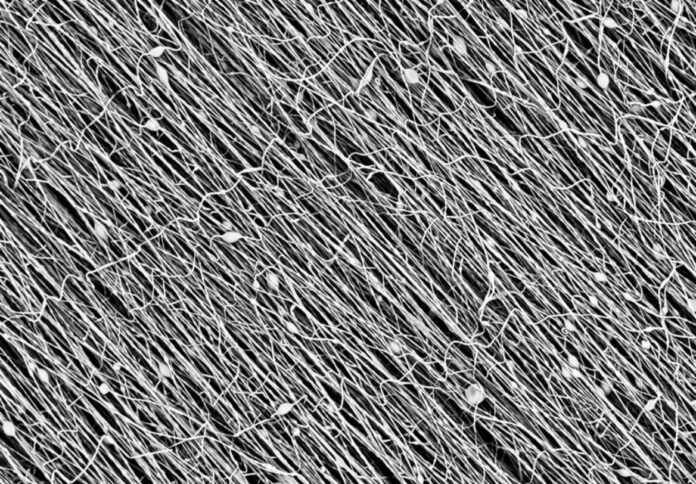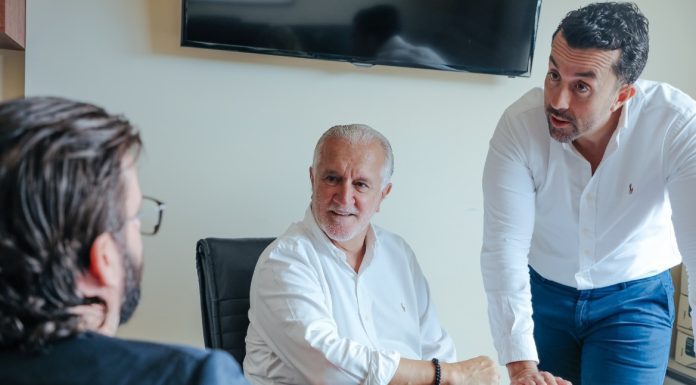
Researchers at Charles Darwin University (CDU) are pioneering the creation of nanofibres – ultra-thin fibres that measure 10 to 100 times thinner than spider silk – using a cutting-edge fabrication facility at the Casuarina Campus.
These innovative fibres aim to tackle some of the most pressing issues faced by the Northern Territory, as revealed in a news release.
According to researchers, nanofibres, with a diameter approximately 1/1000th that of human hair, possess an exceptionally high surface area-to-volume ratio.
This property allows them to perform remarkably in various applications, from enhancing light absorption to improving material bonding capabilities.
The electrospun fibres produced can be utilised in a range of products, including bulletproof vests, water purification filters, and medical devices.
The electrospinning technique involves stretching and elongating liquid droplets under a precisely controlled electric field to form these fibres from both synthetic and natural materials, including collagen, keratin, and gelatin.
Dr Naveen Kumar Elumalai, a Lecturer in Mechanical Engineering at CDU, leads a research team examining the strength and practical applications of these nanofibres.
A focus of their work is exploring the potential benefits for the defence industry, as well as applications in hydrogen production through water splitting using sunlight, and in industrial filtration systems.
“Kevlar vests and other protective clothing which our police and defence force wear are currently quite heavy and lack breathability, which is not ideal here in the NT,” Dr Elumalai stated.
“Utilising nanofibres will help to make the vests stronger without increasing the weight. This means that they will offer greater protection for wearers against things such as bullets and shrapnel without making them hotter, this is for sure a win-win.”
The research team is also investigating the application of nanofibres for air and water purification, particularly in remote First Nations communities that frequently experience unreliable drinking water quality.
“We are trialling the use of nanofibre technology when it comes to air and water purification as the nanofibres can be formed to make a mesh-like substance which can help to stop bacteria from entering the water or air and filter out contaminants,” Dr Elumalai said.
In an advancement, Dr Elumalai’s team is examining how these nanofibres can generate clean energy.
They have developed special nanofibres that, when dispersed in water and exposed to sunlight, can split water molecules to produce hydrogen.
“This technology is particularly promising for Darwin and the Northern Territory,” Dr Elumalai explained.
“It could help address our energy needs using just water and sunlight, without the need for complex systems. Imagine being able to produce hydrogen fuel directly from water – it’s a game-changer for sustainable energy production in our region,” he remarked.
Dr Elumalai’s work has garnered international recognition; he was ranked among the top two per cent of scientists globally by Stanford University in 2022, 2023, and 2024.
He emphasised the importance of making a lasting impact in the Northern Territory through this research.
“I have always been intrigued by how things work in nature, and I have a passion for exploring things in detail,” Dr Elumalai said.
“I am passionate about clean energy or sustainable materials and related applications that can enable the well-being of the humans and the environment.
“I look forward to furthering our research and working with industry groups to implement nanofibre technology.”



















